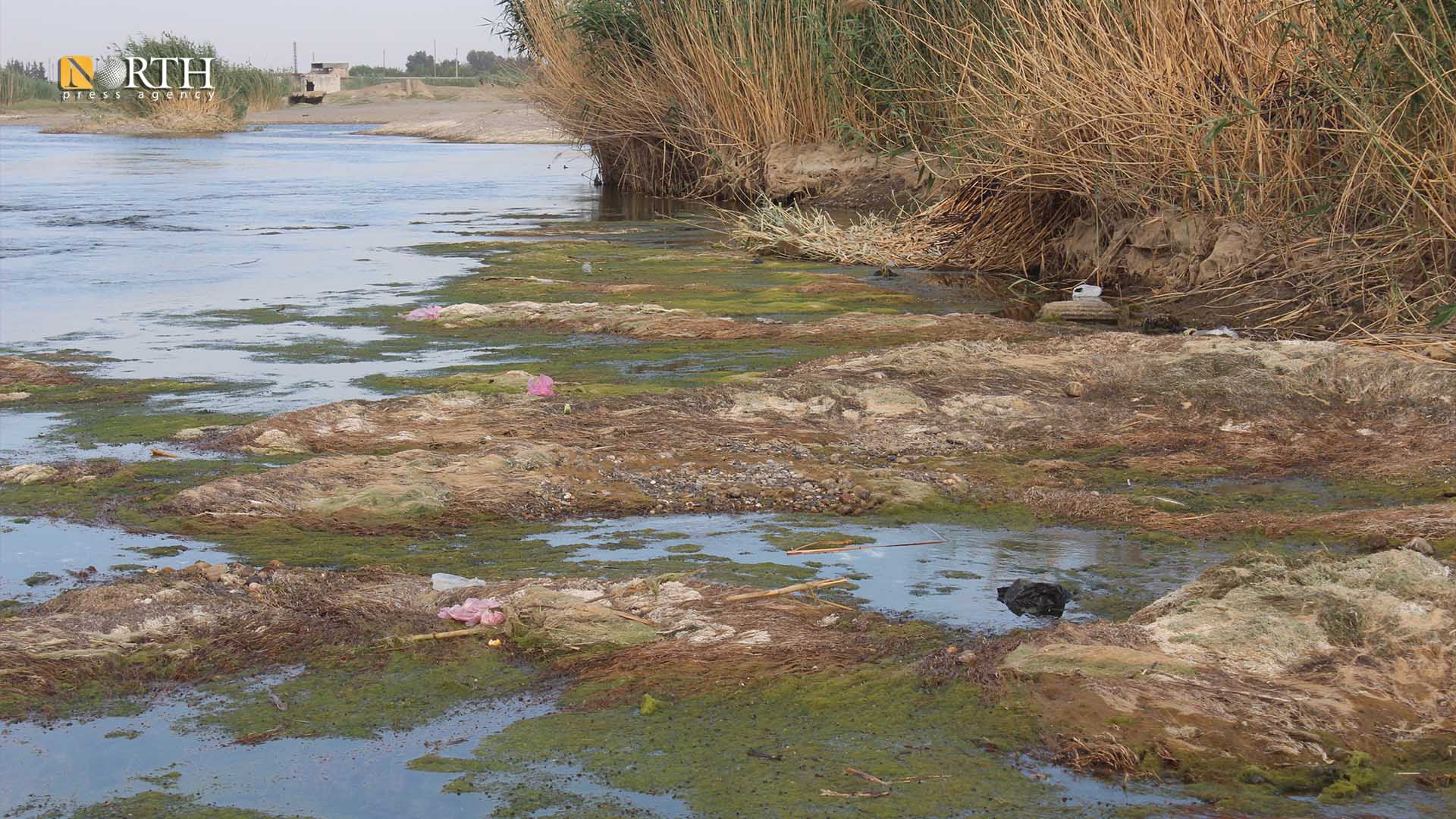

Other animals found in these marshes are water buffalo, two endemic rodent species, antelopes and gazelles and small animals such as the jerboa and several other mammals. Marshy land is home to water birds, some stopping here while migrating, and some spending the winter in these marshes living off the lizards, snakes, frogs, and fish. Areas around the Tigris and the Euphrates are very fertile. The aquatic vegetation includes reeds, rushes, and papyrus, which support numerous species. At the northern end of the Persian Gulf is the vast floodplain of the Euphrates, Tigris, and Karun Rivers, featuring huge permanent lakes, marshes, and forest. The general climate of the River area is subtropical, hot, and arid. The ruins of some of these communities remain. In ancient times the river's valley was heavily irrigated and many great cities rose on its banks. North of Basra, in southern Iraq, the river merges with the Tigris to form the Shatt al-Arab, this in turn empties into the Persian Gulf. They are the only two tributaries of the Euphrates.ĭownstream, through its whole length, the Euphrates receives no further water flow. The Khabur, a major tributary originating in southeastern Turkey, and the Balikh River join the Euphrates in eastern Syria. The upper reaches of the Euphrates flow through steep canyons and gorges, southeast across Syria, and through Iraq. The Euphrates River near Ar Raqqah, Syria.


 0 kommentar(er)
0 kommentar(er)
